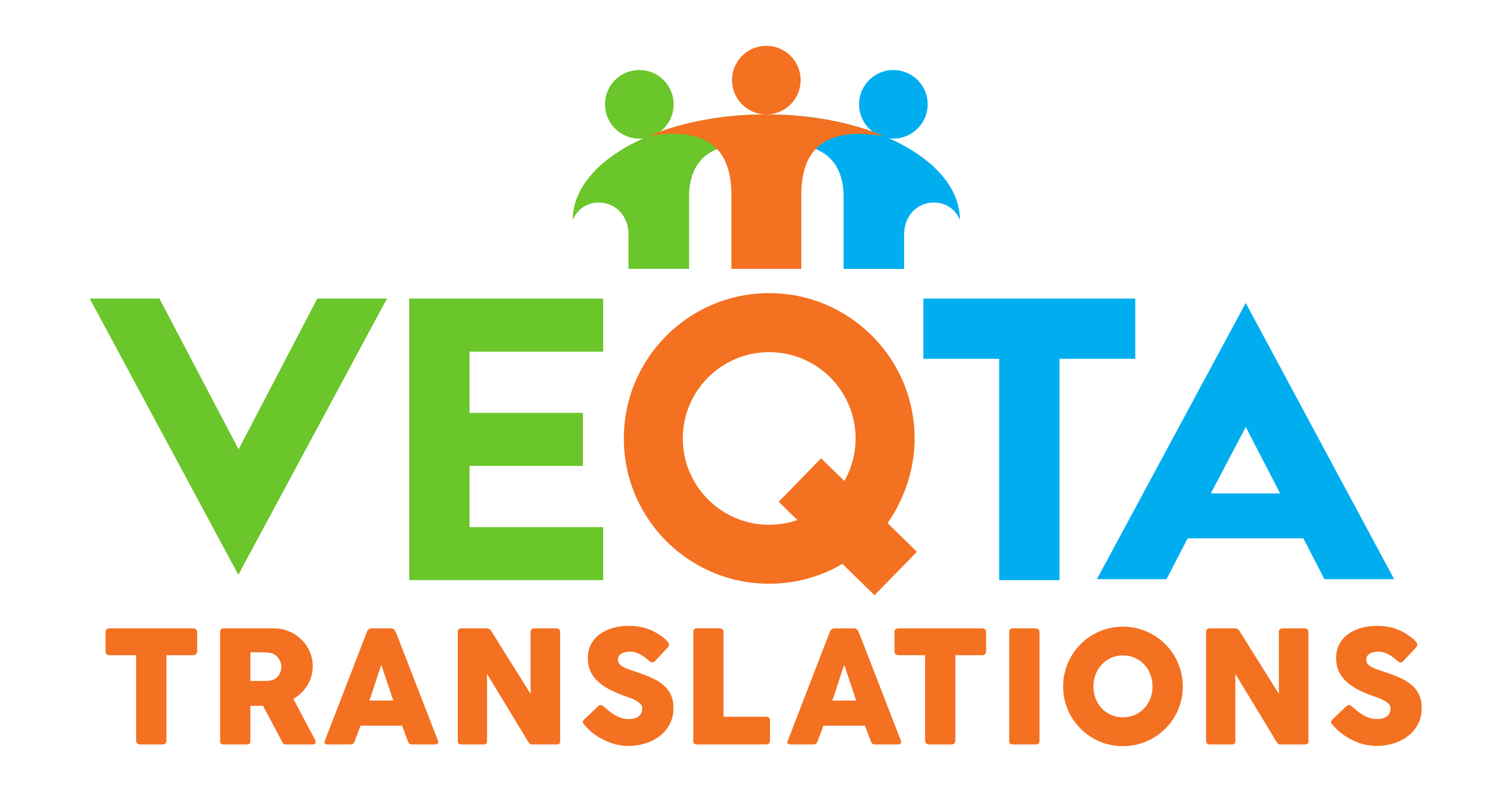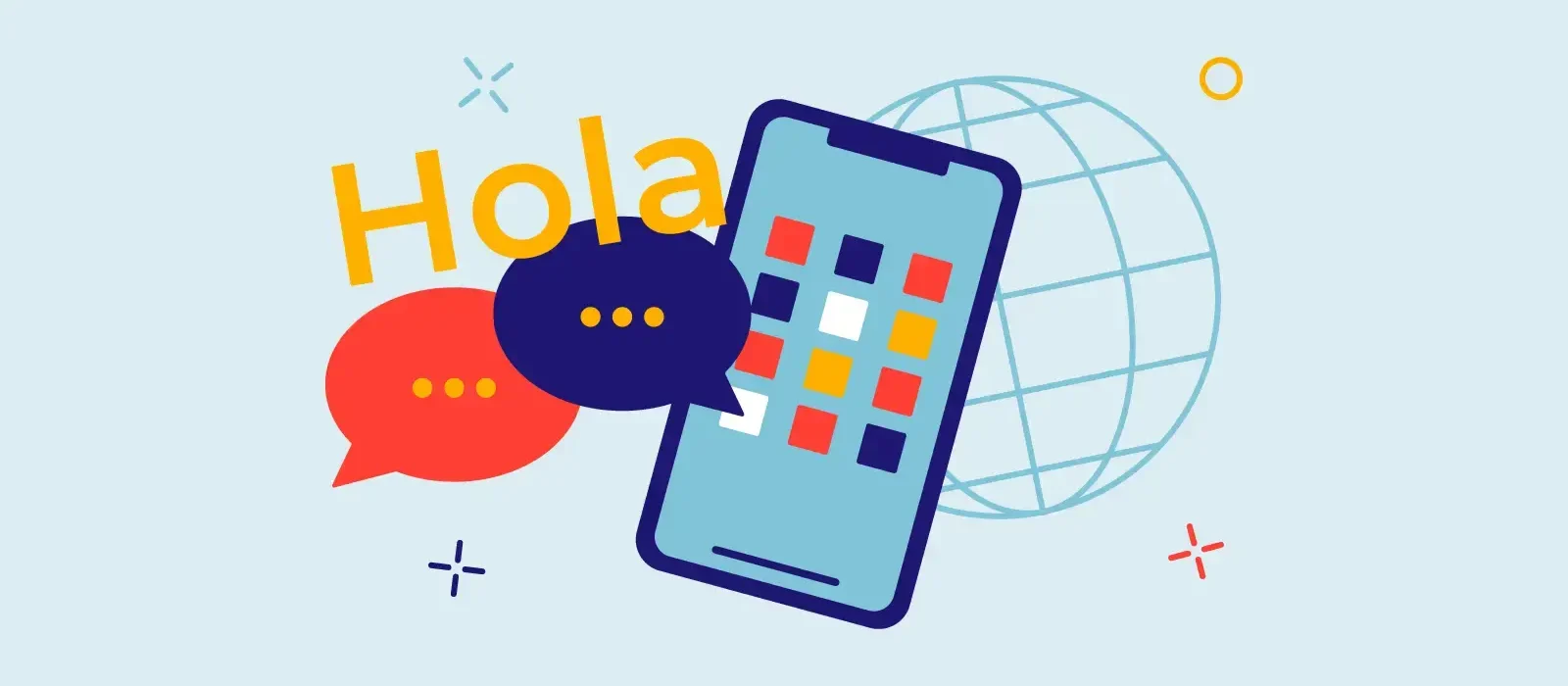In today’s hyper-competitive app economy, localization is not just a finishing touch — it’s a growth lever. Spanish-developed apps like Duolingo, Cabify, and Wallapop proved that entering English-speaking markets requires far more than translating the interface. It demands understanding cultural behavior, linguistic nuance, and user psychology.
This article explores how Spanish-to-English localization transformed real apps, detailing UX adjustments, tone shifts, and measurable outcomes that made the difference between mediocre adoption and breakout success.
Understanding the Power of Localization
Localization means rebuilding user experience for a new culture — not merely rewriting text. While translation conveys meaning, localization ensures the message feels natural.
For Spanish apps expanding into English markets, one of the biggest adjustments was tone. Spanish marketing and UI copy often favor warmth, emotional intensity, and long-form persuasion. English-speaking audiences, especially in the U.S. and U.K., prefer directness and brevity.
For example:
- Spanish: “Conéctate con personas que comparten tu pasión por viajar.”
- English Localization: “Find your next travel buddy.”
The emotional tone was preserved, but the delivery became more succinct and action-oriented.
Translation vs. Localization: The Strategic Difference
A word-for-word translation might preserve meaning but lose conversion power. Localization adapts to:
- Cultural expectations (humor, politeness, idioms)
- Visual patterns (left-to-right layouts, date/time formats)
- User intent (different app behaviors between markets)
Cabify, for example, didn’t just translate its interface for London. It localized pricing labels, map routing logic, and driver tone in messages. “Tu conductor te espera” (“Your driver awaits”) became “Your driver’s on the way” — subtle, but more aligned with English communication patterns emphasizing immediacy.
How Spanish Apps Broke into English Markets
Three localization tactics consistently predicted success:
- User Testing with Native Speakers
Both Duolingo and Wallapop ran focus groups in the U.S. to see how English speakers reacted to tone and pacing. They found some playful Spanish humor felt sarcastic in English, prompting rewrites.
- Cultural Alignment in Marketing
Instead of highlighting “community belonging,” as often resonates in Spain, English campaigns focused on personal growth or efficiency — values that resonate more with Western audiences.
- Feature Prioritization Based on Locale
Cabify’s English version simplified its rewards and referral UI because English-speaking users showed lower engagement with multi-step bonus programs.
The Role of Cultural Nuance in App Success
Cultural nuance isn’t abstract — it directly impacts retention and NPS.
For instance:
- Humor: Spanish memes and idioms didn’t translate. Duolingo replaced regional jokes with witty English push notifications (“You’re on fire!” instead of “¡Estás que ardes!”).
- Formality: Spanish defaults to tú (informal), but English-speaking users are more sensitive to tone in professional contexts. Apps targeting business users (like productivity tools) switched to more neutral phrasing.
According to a CSA Research report, localized content increases user retention by 70% compared to non-localized versions.
Visual and UX Adaptations for English Users
Localization isn’t only linguistic. English users expect:
- Shorter CTA buttons (“Start Now” instead of “Empieza tu aventura hoy”)
- Simplified onboarding screens — average English user drop-off after 3 screens
- Date/time format shifts (MM/DD/YYYY vs. DD/MM/YYYY)
Cabify’s redesign after entering the UK and U.S. reduced its registration process from 5 steps to 3 — improving completion rates by 22% in A/B testing.
Case Example: Duolingo’s Expansion Beyond Spanish Markets
Duolingo, originally developed in Pittsburgh but tested heavily in Latin America, used Spanish-speaking markets to refine tone and gamification. When adapting for English audiences, it:
- Replaced regional references (e.g., “Arepa” → “Bagel”)
- Standardized humor across cultures
- Used British spelling in the UK market (custom builds)
Result: Within six months, Duolingo saw a 37% increase in English-speaking daily active users (DAUs), credited largely to culturally tuned notifications and copy.
Adapting Humor and Tone: Subtle but Powerful Changes
Spanish humor relies on wordplay and exaggeration; English humor leans on understatement or irony.
To succeed:
- Avoid literal puns that don’t cross languages
- Test taglines with focus groups
- Localize emoji and slang (the 😅 emoji is considered awkwardly apologetic in some English contexts)
Even small tone misfires — such as overly enthusiastic push alerts — can lead to a drop in notification opt-ins by 10–15%.
Measuring Localization ROI Through Key Metrics
Effective localization is measurable. The most tracked KPIs include:
- Conversion Rate (CVR): App installs → sign-ups
- Retention (Day 7/Day 30)
- Engagement per Session (EPS)
- NPS & Review Ratings in localized markets
Cabify reported a 25% increase in five-star reviews after revising its English UI and removing overly literal Spanish phrasing that confused users.
Lessons from Failed Spanish-to-English Launches
Several Spanish startups failed in English markets due to:
- Over-translated interfaces (robotic tone)
- Unlocalized visuals (Spanish holidays or imagery unfamiliar abroad)
- Ignored idiomatic differences (e.g., “It costs an arm” doesn’t mean the same thing in both languages)
In one case, a fitness app kept using “¡Ánimo!” (a cheer of encouragement) translated as “Courage!” — which sounded archaic and alien to English users.
Building a Scalable Localization Strategy
To scale localization efficiently:
- Use translation memory tools (e.g., Crowdin, Smartling, Lokalise)
- Automate string extraction to prevent missed phrases
- Implement continuous localization — sync updates directly with your development cycle
- Establish tone guides per market (style, humor, politeness)
Companies that embed localization early in development see rollout times reduced by 40–60% and spend less fixing post-launch UX friction.
Conclusion
Spanish-to-English localization is not about language — it’s about empathy. Apps that understand their new users’ habits, humor, and emotional triggers outperform those that merely translate.
Duolingo, Cabify, and Wallapop show that success depends on cultural precision, linguistic creativity, and measurable iteration. When executed right, localization becomes the difference between “a translated app” and “a globally loved product.”
FAQs
Q: What is Spanish-to-English localization?
A: It’s the process of adapting Spanish-language apps for English markets, including text, visuals, tone, and UX behavior.
Q: How does localization affect ROI?
A: Proper localization can increase conversion by 30–50% and reduce churn by up to 25%.
Q: How long does a full localization cycle take?
A: For mid-size apps, 4–8 weeks for initial rollout; continuous localization afterward ensures every update remains aligned.
Q: Which tools are best for app localization?
A: Crowdin, Smartling, Lokalise, and POEditor are industry favorites for managing multilingual strings and translation memory.
Q: What’s the biggest localization mistake?
A: Assuming that translation alone is enough. True localization means adapting everything — from button text to humor and visual hierarchy.


